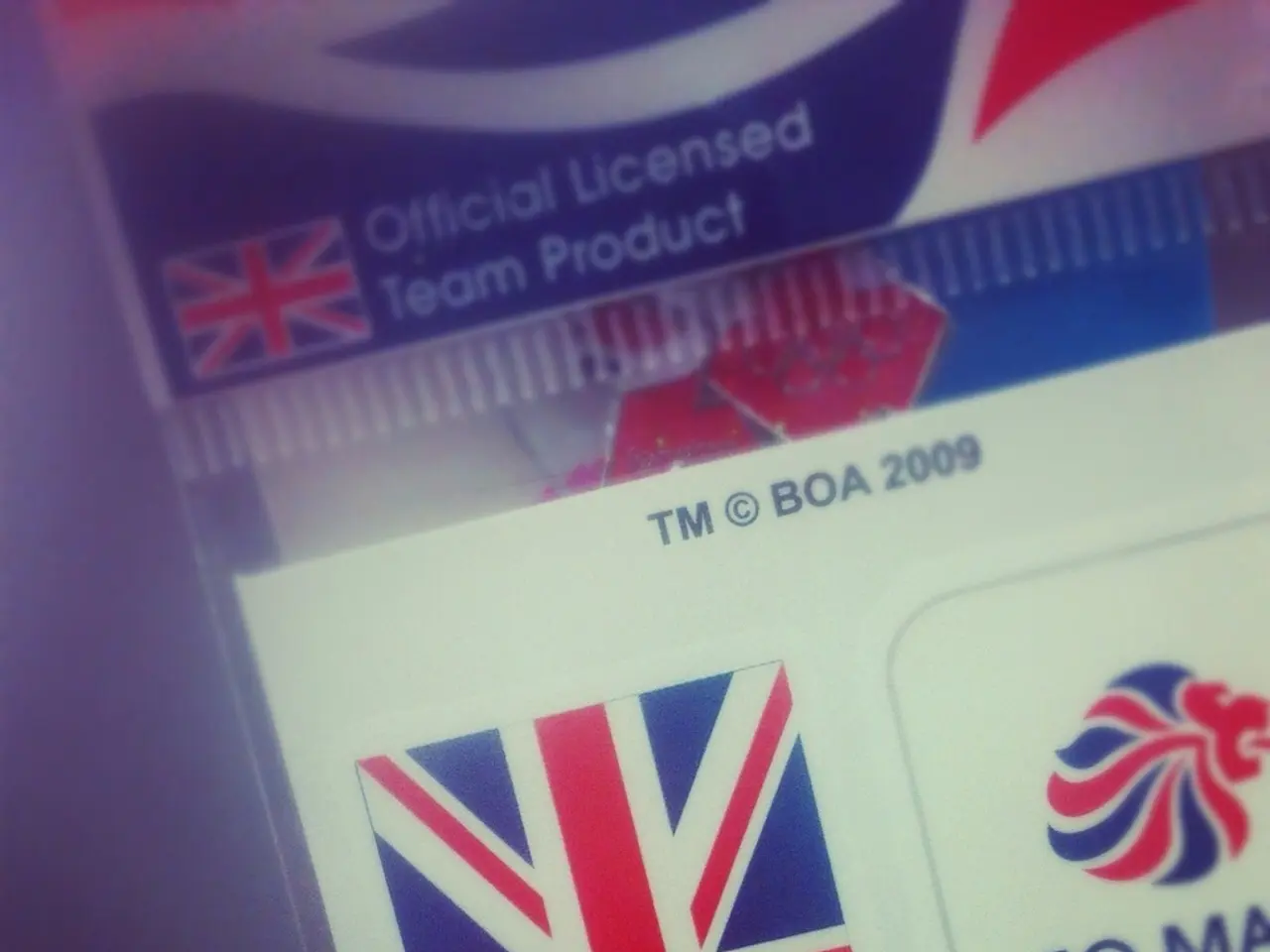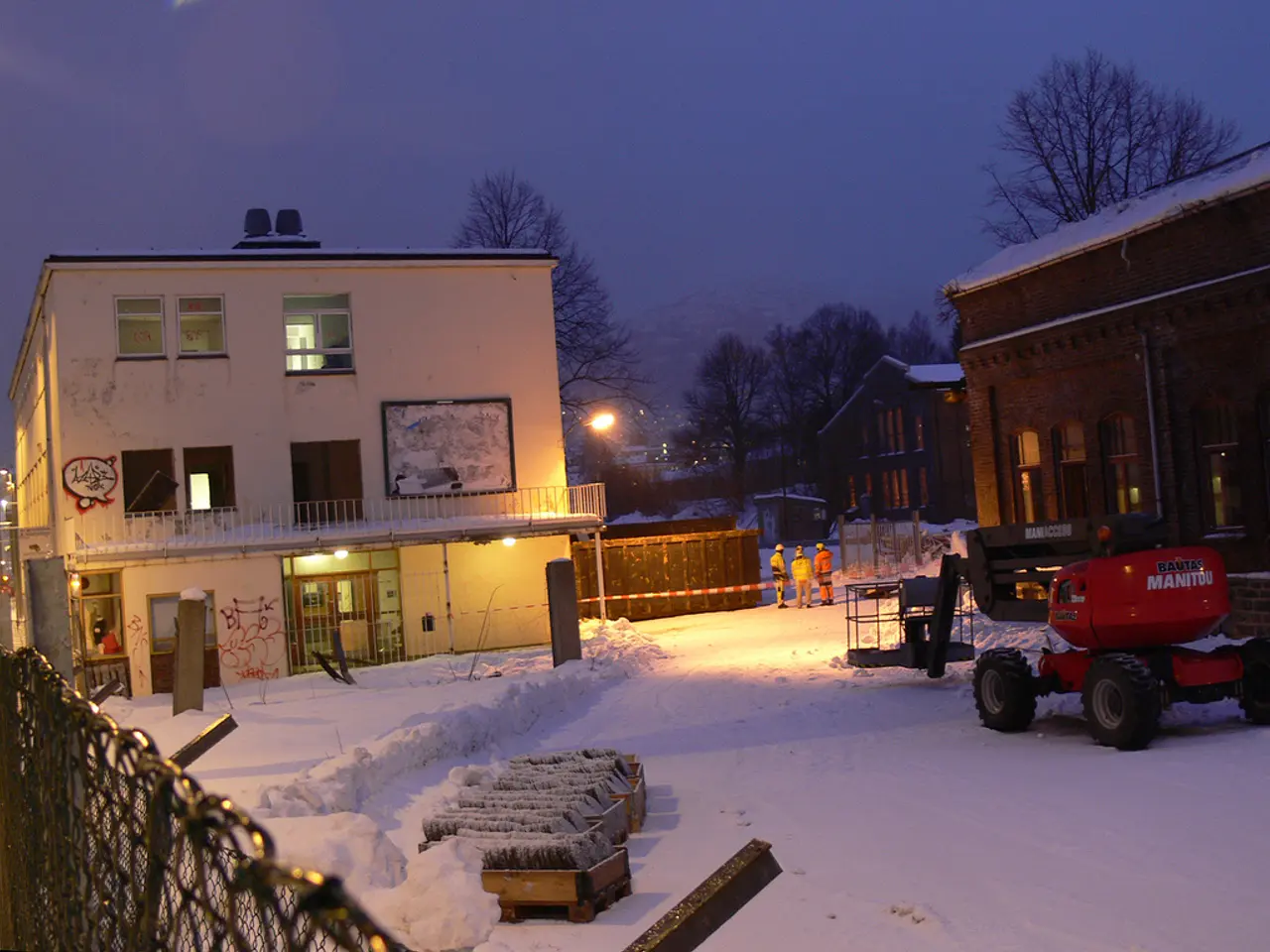Kyiv plans to manufacture a daily output of around 1,000 interceptor drones
In the ongoing conflict in Ukraine, the need for airspace security has never been more critical. Experts suggest that Ukraine must increase its production of interception weapons to secure its own airspace, particularly in response to the potential increase in Russia's drone production.
Ukraine is actively countering persistent Russian drone attacks by rapidly scaling up production and deployment of interceptor drones. These drones are designed to hunt and destroy enemy drones in flight.
The total drone production in Ukraine surged by 900% over the past year, with a target of producing around 4 million drones in 2025 alone, more than doubling the previous year’s output. This includes interceptor drones designed specifically to neutralize enemy UAVs like the Russian Shahed/Gerans drones.
The Kyiv “Clear Sky” initiative, a pilot program using domestically made interceptor drones to protect critical urban airspace, intercepted nearly 650 enemy drones. This program, which started with just 12 crews, is expanding nationwide.
The Ukrainian Defense Procurement Agency has contracted tens of thousands of interceptor drones in a $2.8 billion deal, accounting for over a third of the 2025 defense budget. This includes domestic production and international purchases, such as a strategic agreement with the American company Swift Beat, whose AI-enhanced interceptor drones reportedly achieve about a 90% success rate against Shahed drones.
President Volodymyr Zelensky has set a clear production goal of 1,000 interceptor drones per day. He underscored the importance of timely fulfillment, assured contracts are being secured, and highlighted ongoing cooperation to prevent funding gaps.
However, Russia continues to produce large numbers of Shahed and similar drones very rapidly, including agreements with allies like North Korea to expand production. Ukraine’s interceptor efforts try to mitigate these relentless attacks, though the overwhelming scale of Russian production remains a key challenge.
A 20-nation Drone Coalition has pledged €2.75 billion to supply one million additional drones in 2025, with cost-effective procurement models like Denmark’s pooling funds to directly buy drones from Ukrainian manufacturers. Despite this, army experts estimate that Ukraine needs about 10 million drones annually to decisively turn the drone war in its favor.
While this represents meaningful progress in countering Russia's drone barrage, the scale of the ongoing conflict means that production and deployment must continue expanding rapidly to maintain effective airspace defense.
Nightly, civilians in Ukraine are dying or being injured due to drone attacks. Drones have become an important factor in combat operations on both sides of the Ukraine war, used on the frontlines and for striking the rear. The increased production of interception weapons in Ukraine indicates a heightened preparedness for continued drone attacks.
[1] https://www.reuters.com/world/europe/ukraine-aims-produce-1000-interceptor-drones-day-counter-russian-attacks-2023-03-15/ [2] https://www.reuters.com/world/europe/ukraine-says-russia-could-produce-up-to-1000-drones-day-near-future-2023-03-13/ [3] https://www.reuters.com/world/europe/ukraine-aims-produce-4-million-drones-2025-counter-russian-attacks-2023-03-15/ [4] https://www.reuters.com/world/europe/ukraine-aims-produce-500-to-1000-interceptor-drones-day-counter-russian-attacks-2023-03-15/
Technology plays a crucial role in Ukraine's counter-drone strategy, as the country rapidly increases its production of interceptor drones. The surge in drone production is aimed at neutralizing enemy drones, such as the Russian Shahed/Gerans drones.
Despite a pledge of €2.75 billion from a Drone Coalition to supply one million additional drones in 2025, army experts estimate that Ukraine needs about 10 million drones annually to decisively turn the drone war in its favor, highlighting the continued need for technology advancements and increased production.




